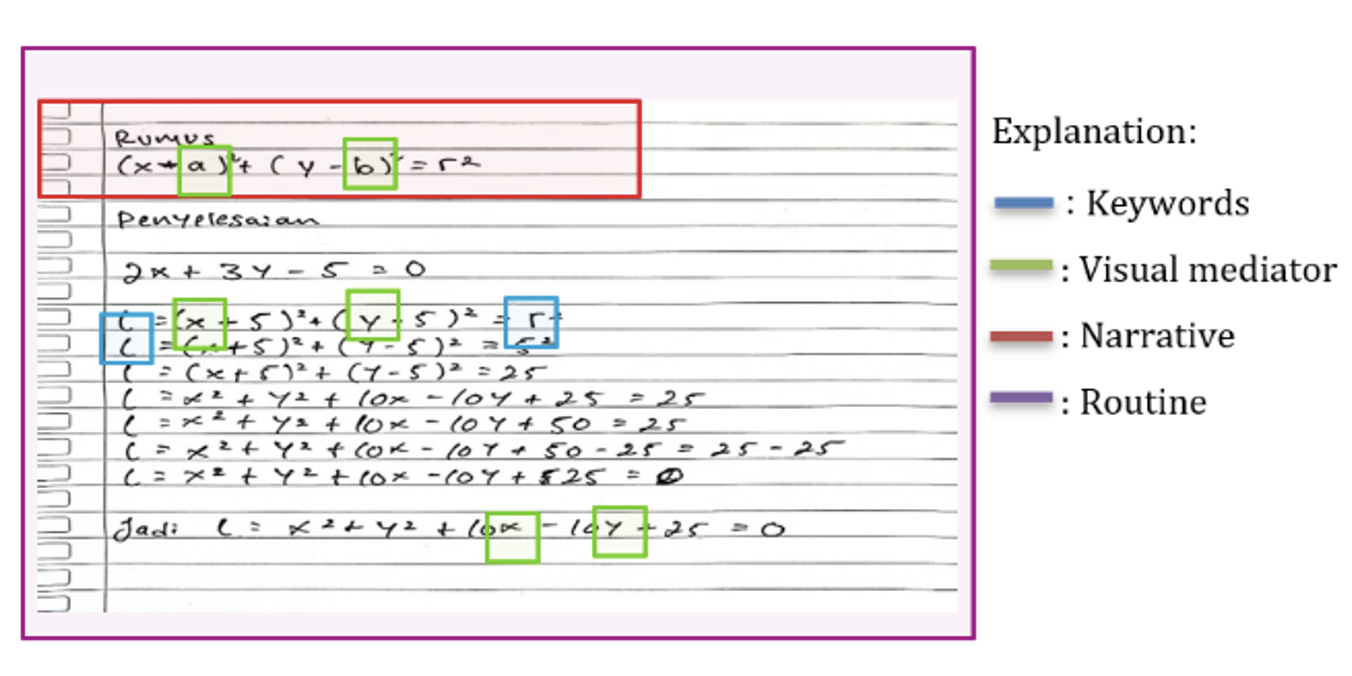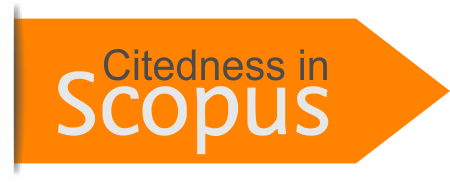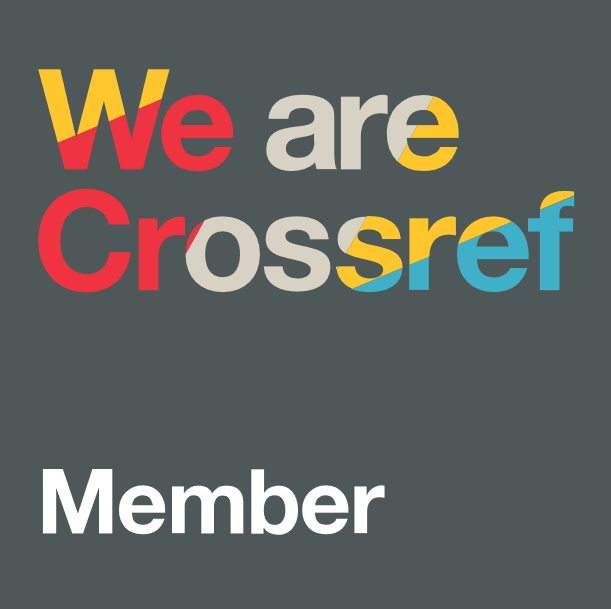How students with masculine and feminine genders solve circle problem: A commognitive perspective
DOI:
https://doi.org/10.31629/jg.v10i1.6894Keywords:
commognitive, problem solving, genderAbstract
Cognitive is the way students communicate their thinking processes in problem-solving. In solving problems, it is not only influenced by their thinking process, but other factors can affect it, such as gender differences. One of the subjects that can demonstrate students' cognitive abilities is the topic of circles. This study aims to determine students' cognitive abilities in solving circle problems from the perspective of masculine and feminine gender. The type of this research is exploratory research with a qualitative approach. This research was conducted in the 11th grade at SMA Negeri 1 Torue. The subjects in this study consist of one male student and one female student. After determining the research subjects, they were given a circular task. In addition, interviews were conducted while the subjects completed the task. The data analysis techniques used in this study are data condensation, data presentation, and conclusion drawing. The results of this study indicate that female students can solve circle problems by expressing all cognitive aspects in detail, neatly, clearly, and correctly. Meanwhile, when solving circle problems, male students express all cognitive aspects briefly and correctly.
Downloads
References
Davita, P. W. C., & Pujiastuti, H. (2020). Analisis kemampuan pemecahan masalah matematika ditinjau dari gender. Kreano, Jurnal Matematika Kreatif-Inovatif, 11(1), 110–117. https://doi.org/10.15294/kreano.v11i1.23601
Febriyanti, R., & Setianingsih, R. (2018). Students’ mathematical communication abilities in mathematical problem solving viewed from intrapersonal and interpersonal intelligences. Jurnal Ilmiah Pendidikan Matematika, 1(7).
Dewi, H. R., Suwari, L. I., & Liesdiani, M. (2024). analisis kemampuan berpikir reflektif matematis siswa ditinjau dari perbedaan gender. Primary Education Journal or Primary School Journal, 4(2), 223-228.
Kim, D., Choi, S., Lim, W. (2017). Sfard's commognitive framework as a method of discourse analysis in mathematics. world academy of science, engineering and technology. International Journal of Cognitive and Language Sciences. 11(11). .
Lefrida, R., Siswono, T. Y. E., & Lukito, A. (2021). Process-oriented routines of students in heterogeneous field dependent-independent groups: A commognitive perspective on solving derivative tasks. In European Journal of Educational Research (Vol. 10, Issue 4, pp. 2017–2032). Eurasian Society of Educational Research. https://doi.org/10.12973/EU-JER.10.4.2017
Lefrida, R., Siswono, TYE, & Lukito, A. (2023). Exploring the field-independent student's understanding derivative concepts: A case of commognitive perspective. Acta Scientiae, 25 (3), 180–207. https://doi.org/10.17648/acta.scientiae.7097
Lefrida, R., Yuli, T., Siswono, E., & Lukito, A. (2023). Development of derivative understanding task instruments to explore student commognition. Jurnal Pendidikan Matematika, 17(3), 343–360. https://doi.org/10.22342/jpm.17.3.20826.343-360
Matthew B, M., & A Michael, H. (1994). Qualitative data analysis.
Merriam, S. & Tisdell, E.J. (2016). Qualitative research: A Guide to Design and Implementation (4th ed). San Fransisco, CA: Jossey-Bass.
Miles, M. B., Huberman, A. M., & Saldana, J. (2014). Qualitative Data Analysis. Sage Publication
Mujiasih, M., Waluya, B., Kartono, K., & Mariani, S. (2022, September). Karakteristik proses komunikasi matematis pada penalaran analogi. In Prosiding Seminar Nasional Pascasarjana (Vol. 5, No. 1, pp. 701-709).
Nardi, E., Ryve , A., Stadler, E., & Viirman , O. (2014). Commognitive analysis of the learning and teaching of mathematics at university level: The case of discursive shifts in the study of Calculus. Research in Mathematics Education. https://doi.org/10.1080/14794802.2014.918338
Nugraha, T. H., & Pujiastuti, H. (2019). Analisis kemampuan komunikasi matematis siswa berdasarkan perbedaan gender. Edumatica: Jurnal Pendidikan Matematika, 9(1), 1-7.
Sfard, A. (2008). Thinking as communicating : Human development, the growth of discourses, and mathematizing. Cambridge University Press.
Supardi, L., Zayyadi, M., Lanya, H., Hasanah, I., & Hidayati, S. N. (2021). Commognitive analysis of students’ errors in solving high order thinking skills problems. In Turkish Journal of Computer and Mathematics Education, 12(6).
Triani, E. (2020). Analisis kemampuan penalaran matematika dalam menyelesaikan soal matemtaika ditinjau dari perbedaan gender.
Wicaksono, A. (2020). Profile solution problem mathematics student junior high school with interpersonal intelligence reviewed by gender. Coordinates Journal of Mathematics and Natural Sciences, 1(1), 39–51. https://doi.org/10.24239/kjpm.v1i1.6
Zayyadi, M., Nusantara, T., Hidayanto, E., Sulandra, I. M., & Sa’Dijah, C. (2020). Content and pedagogical knowledge of prospective teachers in mathematics learning: Commognitive. Journal for the Education of Gifted Young Scientists, 8(1), 515–532. https://doi.org/10.17478/jegys.642131

Downloads
Published
Issue
Section
License
Copyright (c) 2025 Jurnal Gantang

This work is licensed under a Creative Commons Attribution-NonCommercial-ShareAlike 4.0 International License.

















